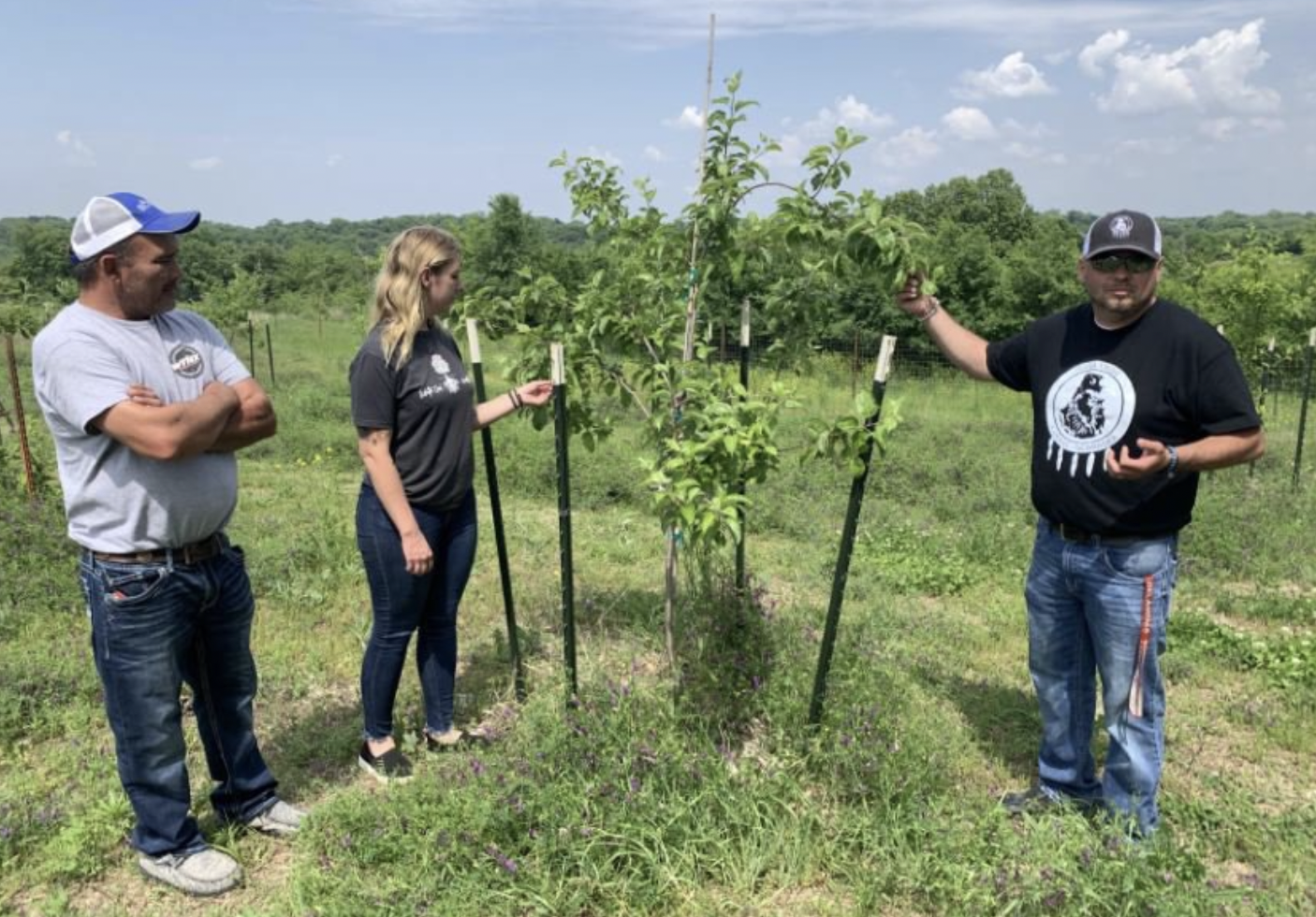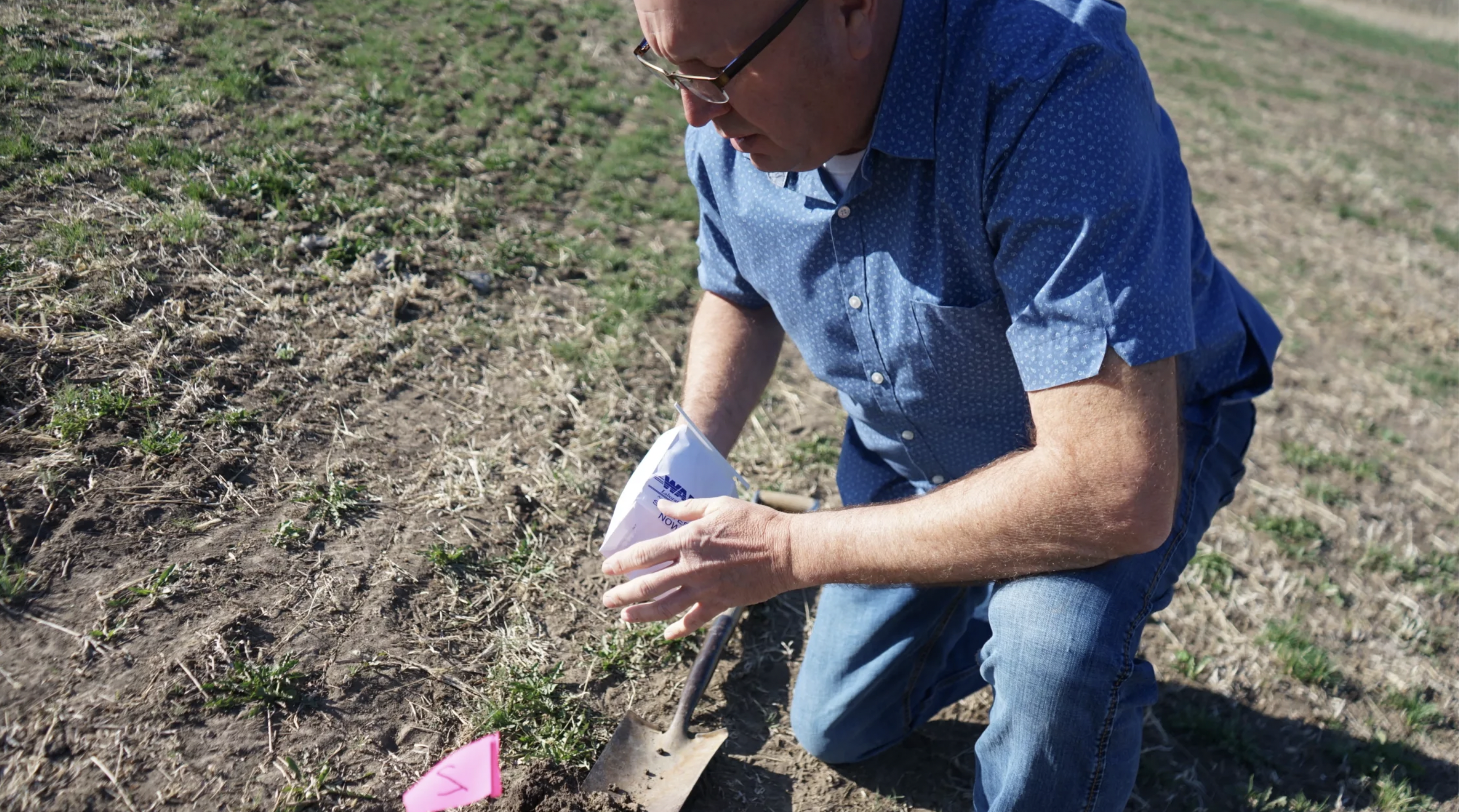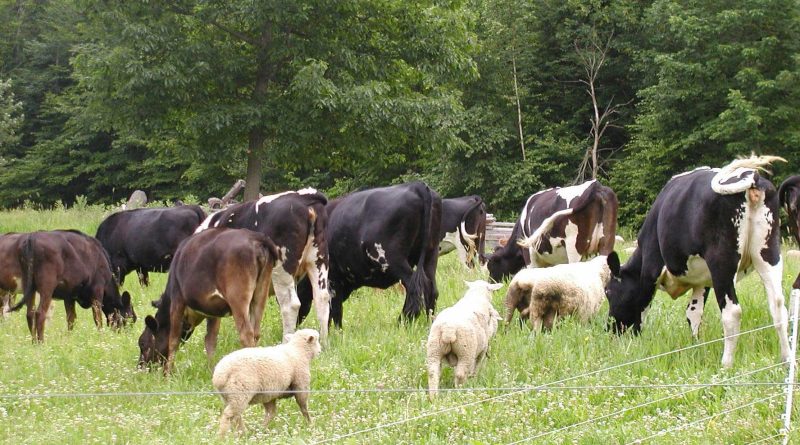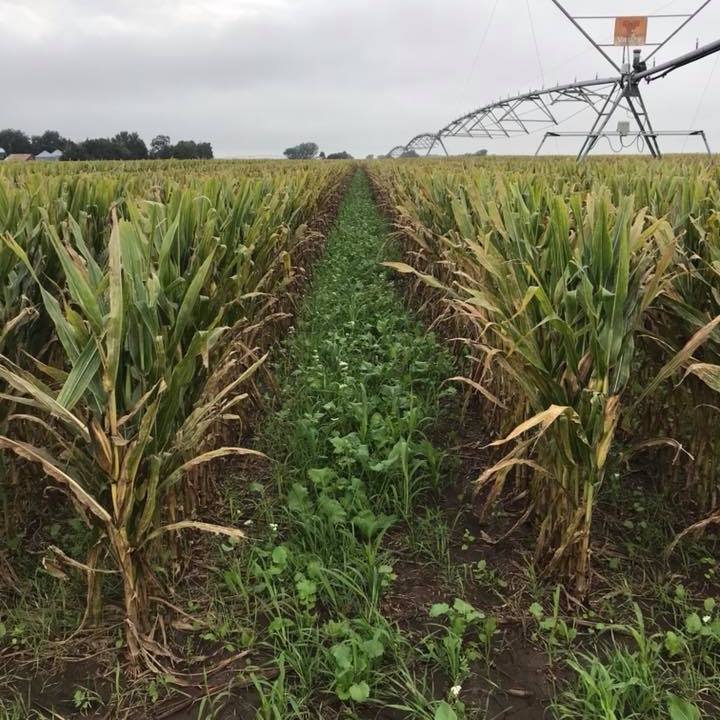On a recent summer day, Timothy Rhodd fearlessly opened the lid on a box of bees and pointed out the hive’s complicated systems.
“It’s pretty cool once you start learning what these insects do for the whole world. And they’re dying and it’s agriculture that’s causing it,” said Rhodd, the chairman of the Iowa Tribe of Kansas and Nebraska.
Not only do the bees produce honey that is sold, but the tribe’s agricultural operation, Ioway Farms, also uses the bees to pollinate its orchard. It’s all part of the work the tribal nation is doing to better farm the land. Rhodd said just a few years ago they used the same row cropping practices as the rest of the Midwest.
“What folks didn’t see was the financials of our operation. We were spiraling downwards,” Rhodd said. “Financially we weren’t a profitable farming operation, and it’s due to the mindsets that’s been instilled in us.”







